Introduction
Our last blog post kicked off a series focusing on some adjustments rural hospitals can make within workflows for improved financial performance. Rural hospitals are a critical part of our healthcare ecosystem as they represent the only care option for many US citizens within reasonable driving distances. According to a recent Becker’s article, from 2007 to 2018 nearly half of census areas in the South had diminished hospital access. And the areas affected most were those with higher populations of people of color. This is a subject deserving attention from industry and political leaders.
While today our attention turns to mid-cycle strategies, I highly recommend checking out our front-end advice in our first post. Feel free to start here though. Luckily, this is revenue cycle and not a Star Wars story.
Care Management & Utilization Review
Care management is critical for optimizing hospital resources, remaining compliant and driving success at the middle stage of the revenue cycle. Without an operational framework driving thorough review and coordination of care, inappropriate bed usage and length of stay will increase as will denials.
Here are some care management approaches you may want to consider implementing if you haven’t already:
Create roles specifically for utilization review that are not focused on case management.
Create a Care Management Committee made up of stakeholders whose operations are intertwined and can affect one another with changes (utilization review, case management, revenue integrity, compliance, CDI, contracting).
Have this committee meet monthly to review clinical denials, outlier cases and length of stay trends by floor, physician and diagnosis group.
Track how length of stay impacts operations and revenue.
All Medicare stays from 0-1 day should be flagged and monitored according to the Medicare 2 Midnight Rule.
Within in a specified deadline, verify medical necessity against current admission criteria on ALL patients going into a bed.
Standardize criteria that flag patients most likely to have complex discharges so planning can begin early.
Perform readmission reviews to identify root causes and create action plans for correction.
Clinical Documentation Integrity
When it comes to CDI, it’s critical to get support and buy-in from the operations side largely in control of it, and the clinical side. An effective way to accomplish this is by creating a physician advisory role, or team, who can facilitate the needed improvements uncovered post-visit.
Once an effective leadership team is established, it’s imperative to monitor effectiveness by tracking high impact KPIs such as:
- CMI
- Documentation Query Response Rate (measures program collaboration effectiveness)
- Query Impact Rate (impact on documentation improvement)
- DRG Shift Rate (higher shift rate indicates program success)
- Clinical Validation Rate (percent of queries that result in clinical validation)
Timely Filing
Ensuring that claim submissions and denial appeals are submitted within contracted filing windows can be low hanging fruit to positively impact reimbursement rates. Educating staff on specific payer deadlines is an effective start. However, creating steps within daily workflows that drive awareness and intentionality is what really matters. Here are some additional tasks and software add-ins to consider:
According to the American Medical Association (AMA), late claim submissions account for approximately 10% of all claim denials.
Create an automatic alert system for claims that have not been submitted for a certain number of days.
Document management system that allows quick retrieval of needed patient documentation.
Daily review of the claims aging report.
Intelligent coding assistance software can ensure quicker submission turnaround and reduce denial rates.
Conclusion
In a collective effort, these adjustments can help rural hospitals navigate financial challenges, improve patient care, and sustain their vital role in serving communities with limited healthcare access. As a part of HCM’s partnership with rural hospitals and medical centers, we work to define and achieve goals together. Lending to our approach of bridging the gap, our expertise enables us to identify opportunities within workflow issues and resource needs to fine-tune what can be executed upon with HCM.
In the third and final installment of our Rural Hospital Best Practices series, we’ll explore best practices around Billing, Collections and Denial Management.
Meanwhile, if you are struggling with mid-cycle financial performance, HCM can offer direct support or host a free best practice discussion by heading to our contact page.

